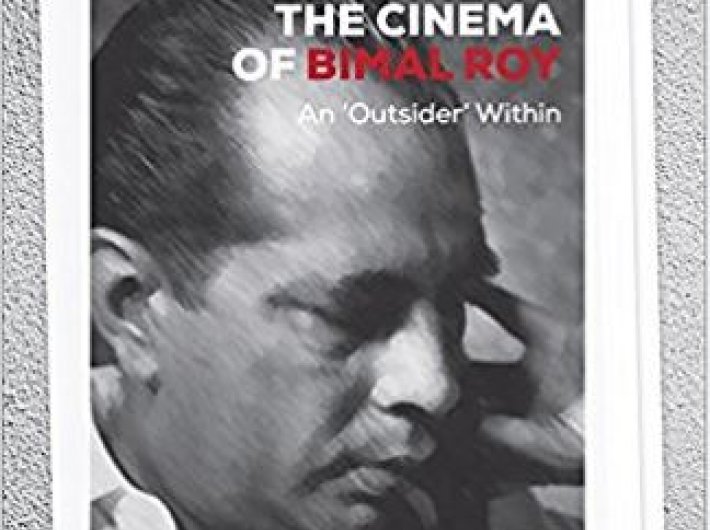And remapping the cinema of Bimal Roy

Yoshika Sangal | August 29, 2017 | NEW DELHI

Maintaining independence in foreign policy is not an easy option for any country, especially when the international geopolitical situation is fluid, alliances are shifting and strategic choices are becoming increasingly complex. How will the new year fare in this regard? It is instructive to
India’s economic journey in the 21st century is being rewritten at the intersection of physical infrastructure and private-sector leadership. In a world where logistics networks determine competitiveness, digital architecture underpins service delivery, and renewable grids define resilience, India is
The World Economic Forum’s ‘Future of Jobs 2025’ marks a decisive break from the gloom of the pandemic years. It projects that by 2030, advances in Artificial Intelligence (AI) and automation will create 170 million new jobs and displace 92 million worldwide, yielding a net gain of 78 mil
Key Takeaways * ₹10,300+ crore allocated over five years for IndiaAI Mission with 38,000 GPUs deployed. * 6 million people are employed in the tech and AI ecosystem. * Indian Tech sector is projected to cross $280 billion in revenue this year. * AI could add $1.7 t
Key Takeaways * Labour reforms unified 29 laws under four Labour Codes, extending social security and workplace safety. * Next-Gen GST simplified taxation, expanded the taxpayer base to 1.5 crore. * The E
India is among the world’s fastest-growing major economies and is well-positioned to sustain this momentum. With the ambition of attaining high middle-income status by 2047, the centenary year of its independence, the country is building on strong foundations of economic growth, structural reforms, a